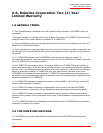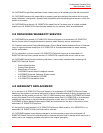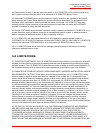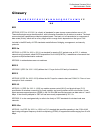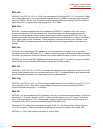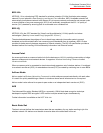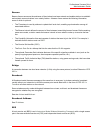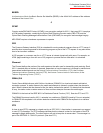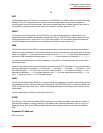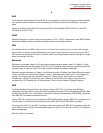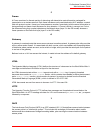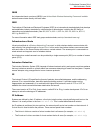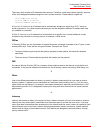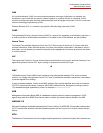
Professional Access Point
Administrator Guide
Glossary - 306
Beacon
Beacon frames announce the existence of the wireless local area network and enable stations to establish
and maintain communications in an orderly fashion. A beacon frame carries the following information,
some of which is optional:
•The Timestamp is used by stations to update their local clock, enabling synchronization among all
associated stations.
•The Beacon interval defines the amount of time between transmitting beacon frames. Before entering
power save mode, a station needs the beacon interval to know when to wake up to receive the bea-
con.
•The Capability Information lists requirements of stations that want to join the WLAN. For example, it
indicates that all stations must use WEP.
•The Service Set Identifier (SSID).
•The Basic Rate Set is a bitmap that lists the rates that the WLAN supports.
• The optional Parameter Sets indicates features of the specific signaling methods in use (such as fre-
quency hopping spread spectrum, direct sequence spread spectrum, etc.).
• The optional Traffic Indication Map (TIM) identifies stations, using power saving mode, that have data
frames queued for them.
Bridge
A connection between two local area networks (LANs) using the same protocol, such as Ethernet or IEEE
802.1x.
Broadcast
A Broadcast sends the same message at the same time to everyone. In wireless networks, broadcast
usually refers to an interaction in which the access point sends data traffic in the form of IEEE 802.1x
Frames to all client stations on the network.
Some wireless security modes distinguish between how unicast, multicast, and broadcast frames are
encrypted or whether they are encrypted.
See also Unicast and Multicast.
Broadcast Address
See IP Address.
BSS
A basic service set (BSS) is an Infrastructure Mode Wireless Networking Framework with a single access
point. Also see extended service set (ESS) and independent basic service set (IBSS).




